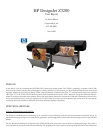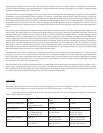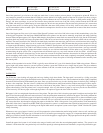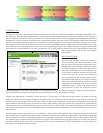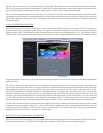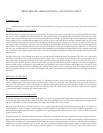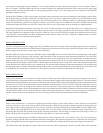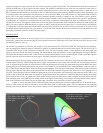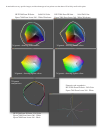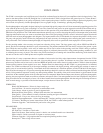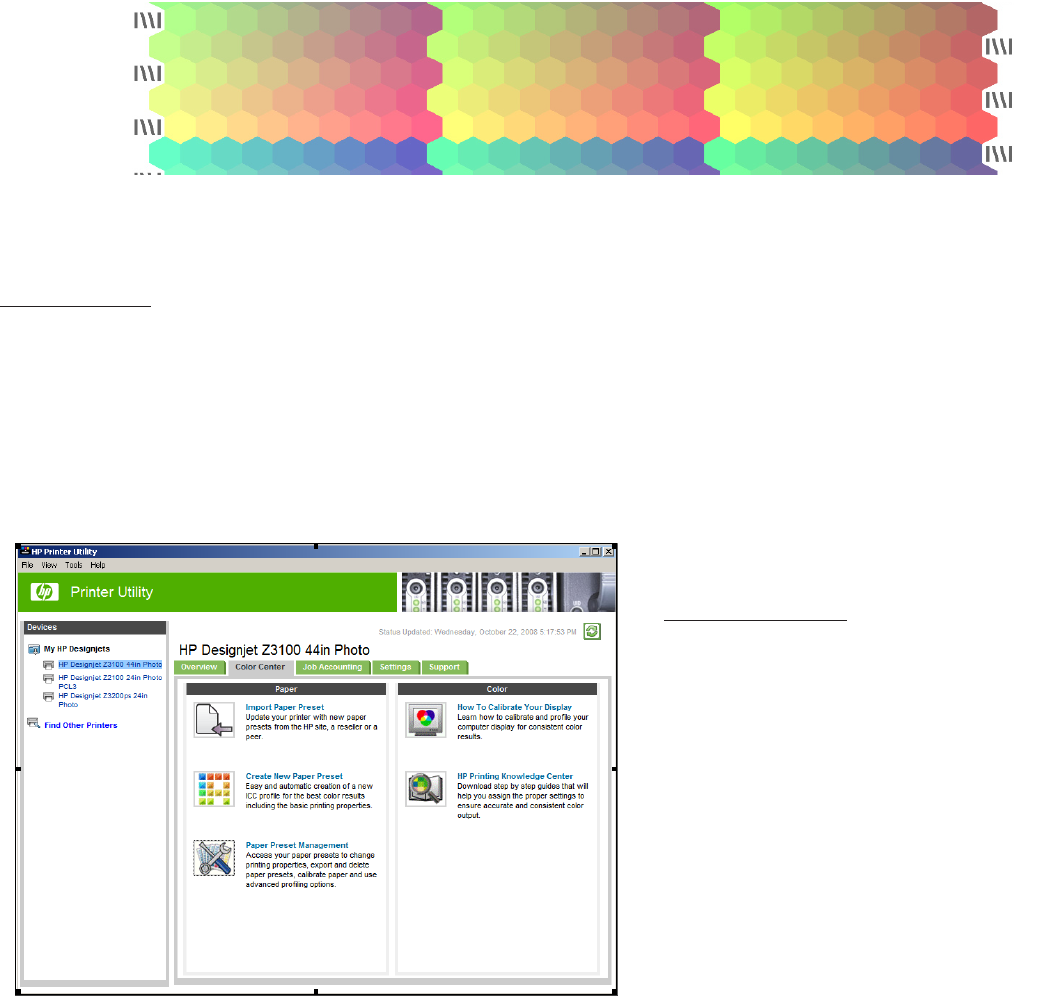
color management in a meaningful way, because it is a rather daunting thing to just jump into, then this is what you’ve been waiting for.
This printer offers the average user a simple way to take advantage of a fully color managed workow.
Adding a new paper preset is essentially a three step process. The rst step is to name the new paper preset, and choose an existing
media type that most closely matches the paper to be proled. This is a crucial step since the media type controls the ink limiting, and
number of passes in the printer. What I found in my testing was that settings that seemed to make sense (choosing photo matte paper for
Epson enhanced matte) didn’t always produce the best results when working with 3rd part media. So you may have to experiment with
different media types to nd the best match for your specic paper. New in the Z3200 is the option of adjusting the total ink limit and
the amount of gloss enhancer used. For thick papers prone to picking up star wheel marks there is also have the option of raising the star
wheels entirely.
After the paper is named the printer will run a calibration, a quick process, during which a small number of patches are printed and
then scanned. This is completely automated, and the calibration is automatically attached to the paper preset. The stability of the printer
over time should be as good as comparable printers however changing the print heads, or ink tanks will cause some degree of drift, and
the calibration process should be run each time a head is replaced. The calibration brings the printer back to it’s factory state, ensuring
consistency both from unit to unit and over long print runs. This feature should allow a Z3200 in San Francisco and New York to use
the same prole and produce identical output.
only printer to offer a truly turn key color manage-
ment solution.
HP COLOR CENTER
The color center functions as the control center for
all of the printers color related functionality. From
here you can modify the printer’s paper presets; per-
forming paper color calibration, add custom papers,
as well as creating ICC proles. If you print most of
your work on HP media you will be required only
to do periodic calibrations of the media being used.
If you want to print on 3rd party media and don’t
plan on springing for the optional Advance Prol-
ing Solution( APS) then you will likely be spending
some time in the color center. Its interface is simple
enough that the technology wary users should feel
comfortable using it, which is the whole point of
having the ESP. If you’ve not yet begun to utilize
INTRODUCTION
Arguably one of the most interesting and discussed features of the Z3100 and Z3200 is the embedded spectrophotometer (ESP). Previ-
ous HP printers have incorporated densitometers into the print head allowing the printer to perform basic calibrations. The Z family of
printers remain the rst and only line of commercially available printers to have a standard integrated spectrophotometer that allows
automated ICC prole creation at no additional cost. Announced around the same time as the Z3200 the Epson 7/9900 offers an optional
accessory spectrophotometer. It’s tempting to consider these as functioning in the same category but the Epson accessory is a very dif-
ferent beast. For starters the Epson SpectroProofer accessory adds $1500 MSRP to the 24” models base price and $2500 to the 44”. The
other difference is that the Epson accessory does not include a proling package for ICC creation, allowing only printer linearization
and creation of a measurement le to be used in conjunction with 3d party proling software. So at this time the HP still remains the
HP COLOR MANAGEMENT,
&
EMBEDDED SPECTROPHOTOMETER
!



